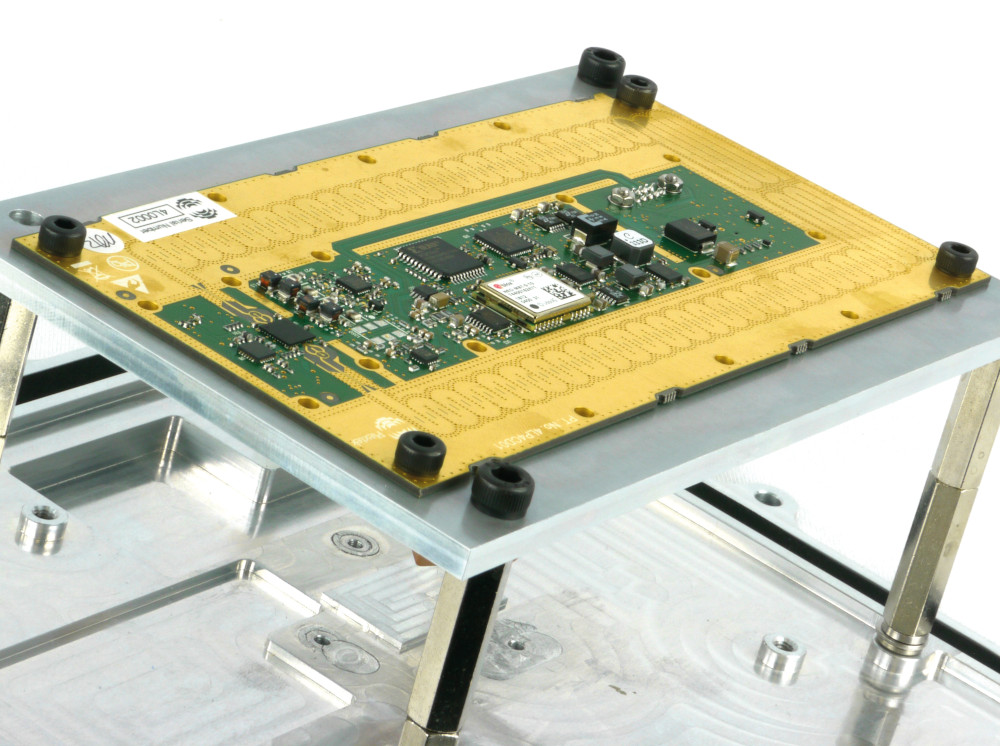Low-cost radar on one PCB
Engineers at Plextek in the UK have developed a low-cost millimetre-wave radar on a single PCB (writes Nick Flaherty).
“Radar operating in the 60 GHz band offers detection ranges of many tens of metres, and is able to detect very small targets regardless of the time of day or adverse weather, including fine targets such as powerlines,” said Aled Catherall, CTO at Plextek.
”We have engineered a millimetre-wave radar so that it incorporates a phased array capable of fast scanning and the supporting electronics to achieve real-time data capture and processing. The60 GHz band takes advantage of technology advances in consumer telecoms such as reduced antenna size as well as Low Probability of Intercept/Low Probability of Detection analyses.”
For millimetre-wave radar applications, the antenna is a key component to enable scanning of a narrow beam rapidly in different directions. Phased array technology is a good approach but achieving an efficient implementation, such that the total sensor power consumption is only a few watts and within a small physical size, requires careful design and optimisation.
Advances such as low-cost SiGe chipsets provide most of the required millimetre-wave functionality. Combining this technology with an electronically scanning, small, integrated and highly directional antenna offers a high-performance, low-SWaP-C solution suitable for UAV sense & avoid applications.
“A high-resolution millimetre-wave radar may lack the fine detail that a camera creates, but it much more readily reflects the geometry of the world it views, since it directly provides range estimates to each object in the scene,” Catherall said.
“Our radar also measures Doppler which can provide a rapid estimate of how quickly something is moving toward the drone to support avoidance measures. A radar that scans in both azimuth and elevation provides a direct,3D estimate of its location.
“Test results of our radar demonstrate successful detection of small, static obstacles above ground clutter, such as metal poles, people and cars, at sufficient ranges to enable evasive action and route planning. In addition, Doppler processing enables discrimination of moving objects such as other, small UAVs or birds.”
UPCOMING EVENTS
























